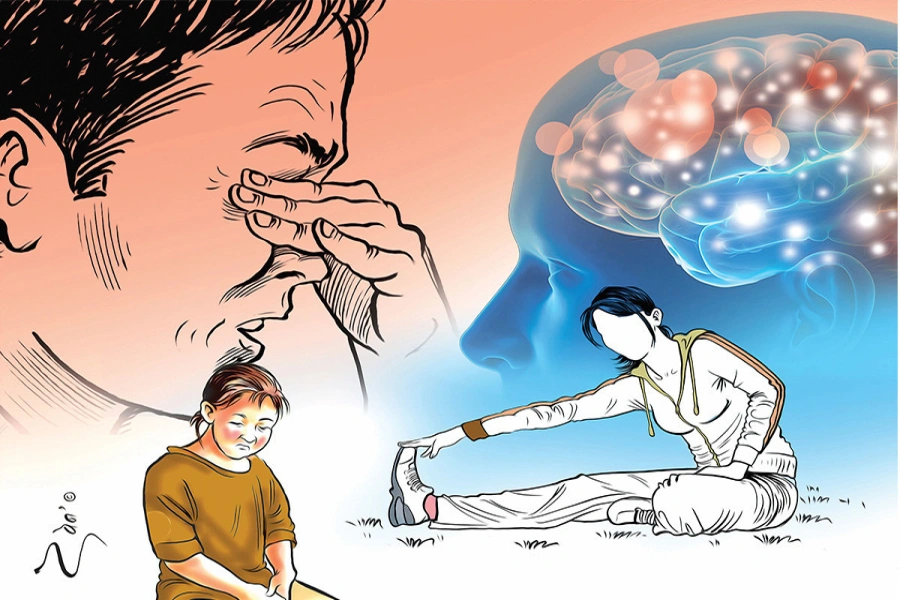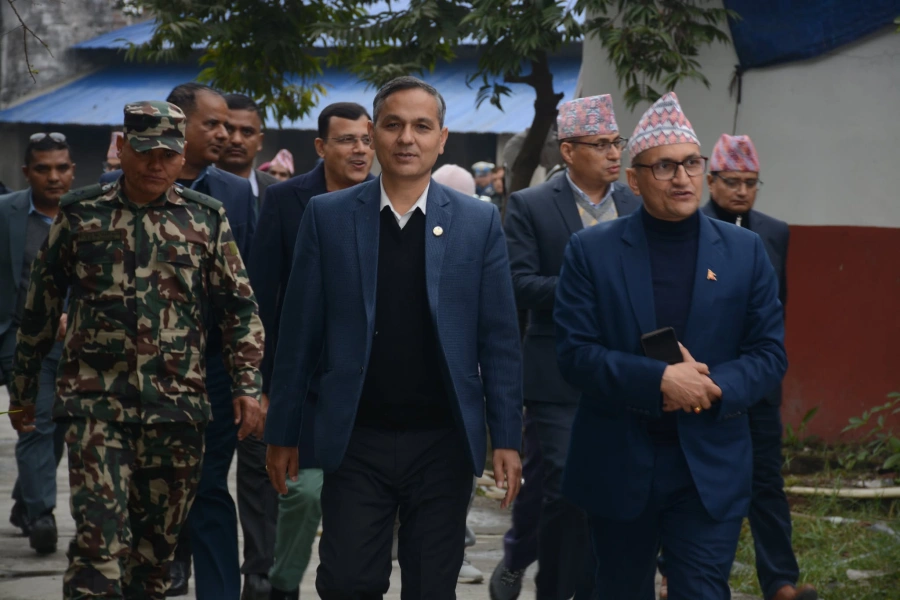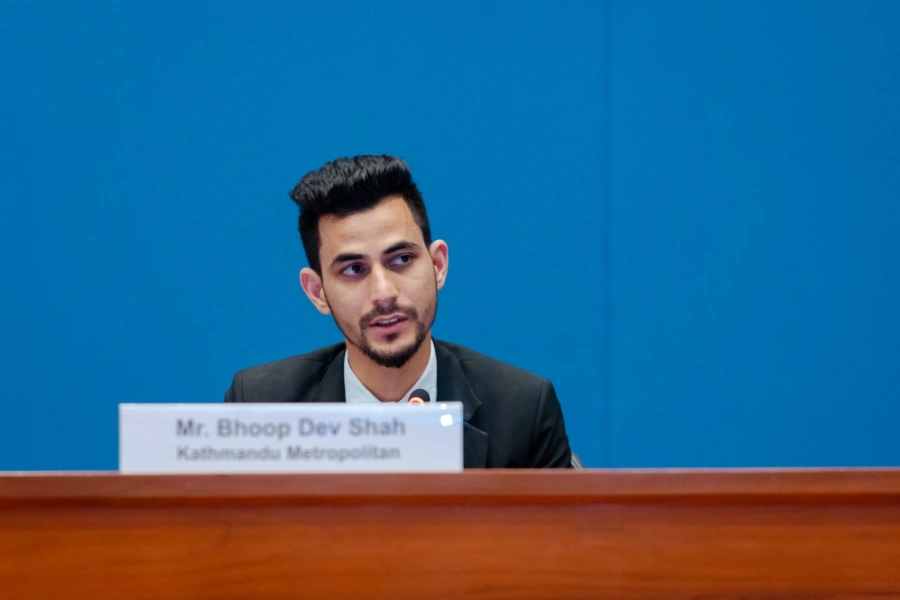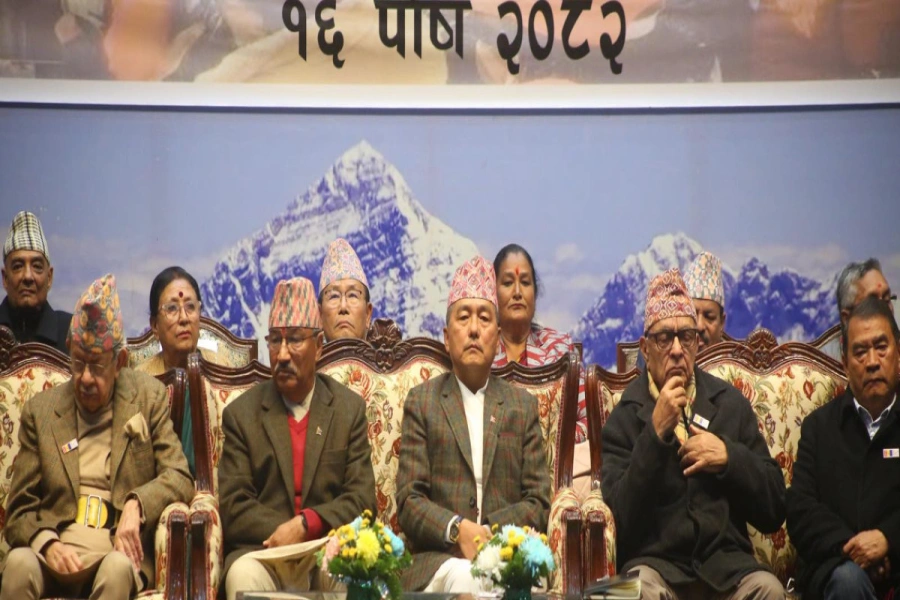The past few weeks have offered two damning indictments of Nepal’s failure to control corruption. First, the World Justice Project (WJP), a global movement to strengthen the rule of law, ranked Nepal 68th out of 97 countries under the ‘Absence of Corruption’ factor of its annual Rule of Law Index. According to WJP, “the absence of corruption—conventionally defined as the use of public power for private gain—is one of the hallmarks of a society governed by the rule of law.” It is little consolation that the country ranks second in South Asia on this factor, after Sri Lanka, which has the most favorable rule of law situation in the region. Significantly, the police and military have been shown as the most corrupt organs in Nepal, closely followed by the judiciary.
Hot on the heels of the release of the Rule of Law Index, Transparency International, a global corruption watchdog, released its own annual Corruption Perception Index (CPI), which ranked Nepal a dismal 141st among 176 surveyed countries. According to CPI, only Afghanistan and Bangladesh are more corrupt in the region. The index outlines the reluctance of the political class to tackle graft as the main reason for the country’s dismal ranking.
The prolonged period of political transition has undoubtedly contributed to this miserable state of affairs. The political parties across the board have failed in their duty to guide the country to political stability. The dirty power games that are in evidence even after more than six months of the dissolution of the Constituent Assembly shows they have learned little about the perils of politics of brinkmanship that characterized the four years of CA’s existence. Their lack of accountability is also evident from the fact that no major party has agreed to a proper audit of its accounts, which has strengthened suspicions that the culture of corruption and impunity starts right at the homes of the custodians of democracy. The bureaucracy, too, is no more than a patronage network of politicians, bitterly divided along political lines. The country’s security bodies, as hinted by the WJP Rule of Law index, are the bastions of corruption, once again amply aided and abetted by vested political interests.
The free-for-all of the post-1990 dispensation cannot be curtailed without the realization on the part of the chief political actors that corruption, ultimately, undermines the country’s development prospects by discouraging enterprise and investment. But there are no signs that political actors have started to take corruption seriously. Otherwise, the country’s only constitutional anti-graft body would not have been left without office bearers for the seventh year running. Parties across the political spectrum have colluded to keep the chief anti-graft body toothless so that their past wrongdoings don’t come to light.
The hopes raised by the successful prosecution of top political leaders like JP Gupta and Khum Bahadur Khadka on corruption charges have been quickly dashed as no new cases have been registered at the Special Court, set up under the Interim Constitution to hear corruption cases registered by CIAA. This can again be attributed to political apathy and shift of what little focus was there on corruption-control to the larger political and constitutional issues since the start of the CA process in 2008. The dangerous level of corruption this condition has helped spawn bodes ill for Nepal’s future as a viable state.
Nepal: Sliding Slowly into the Slippery Slope of Hyperinflation...


































